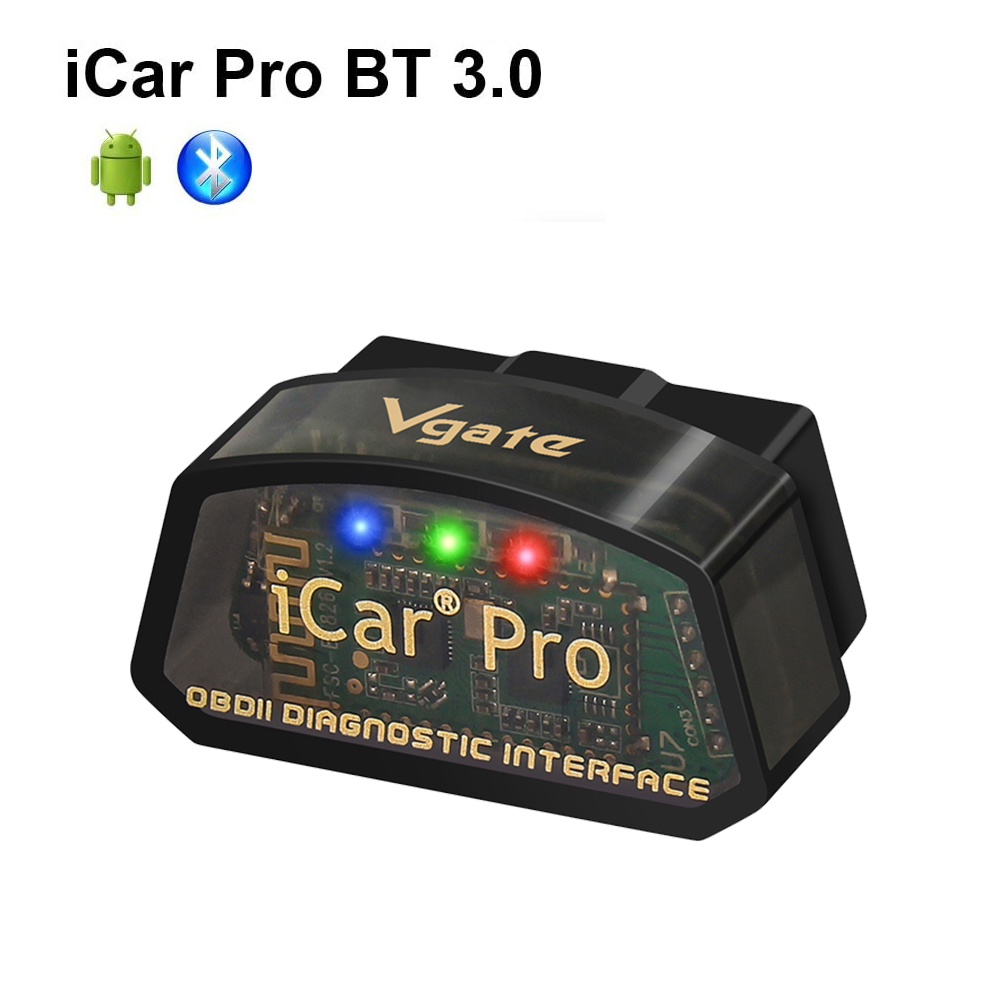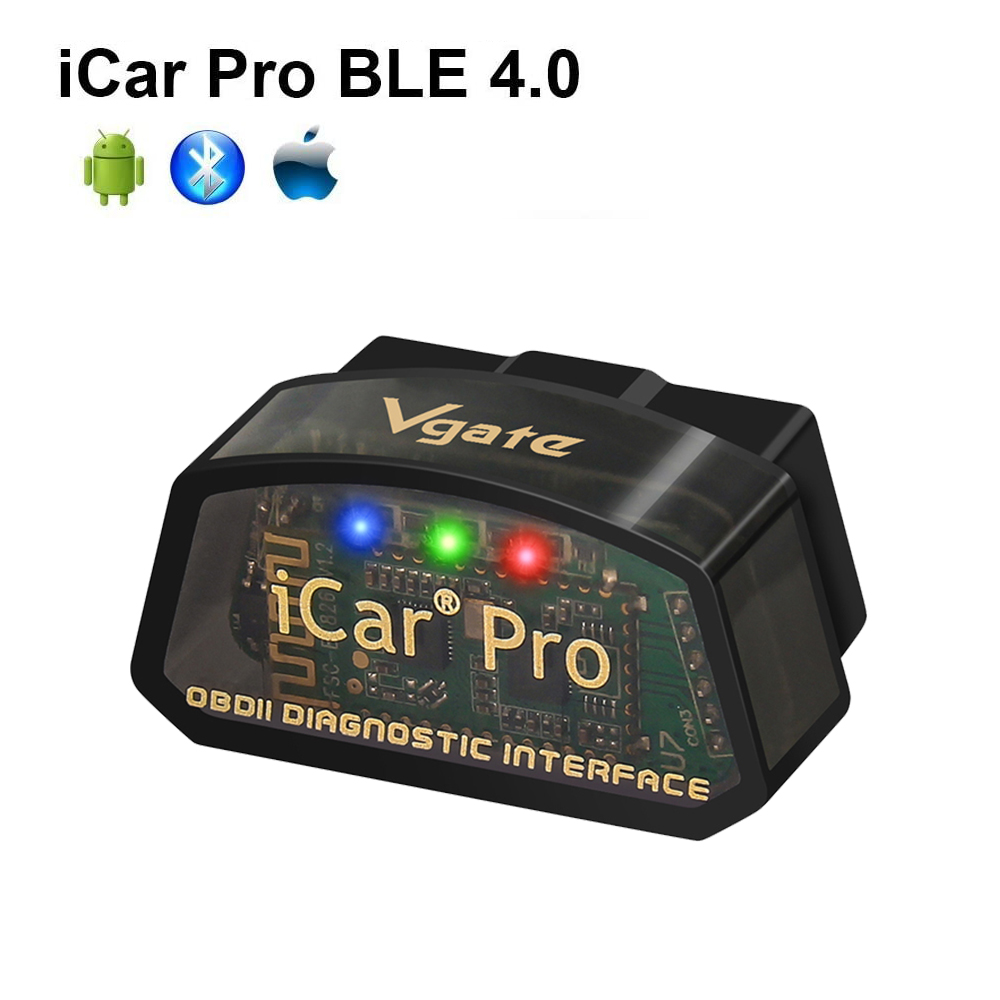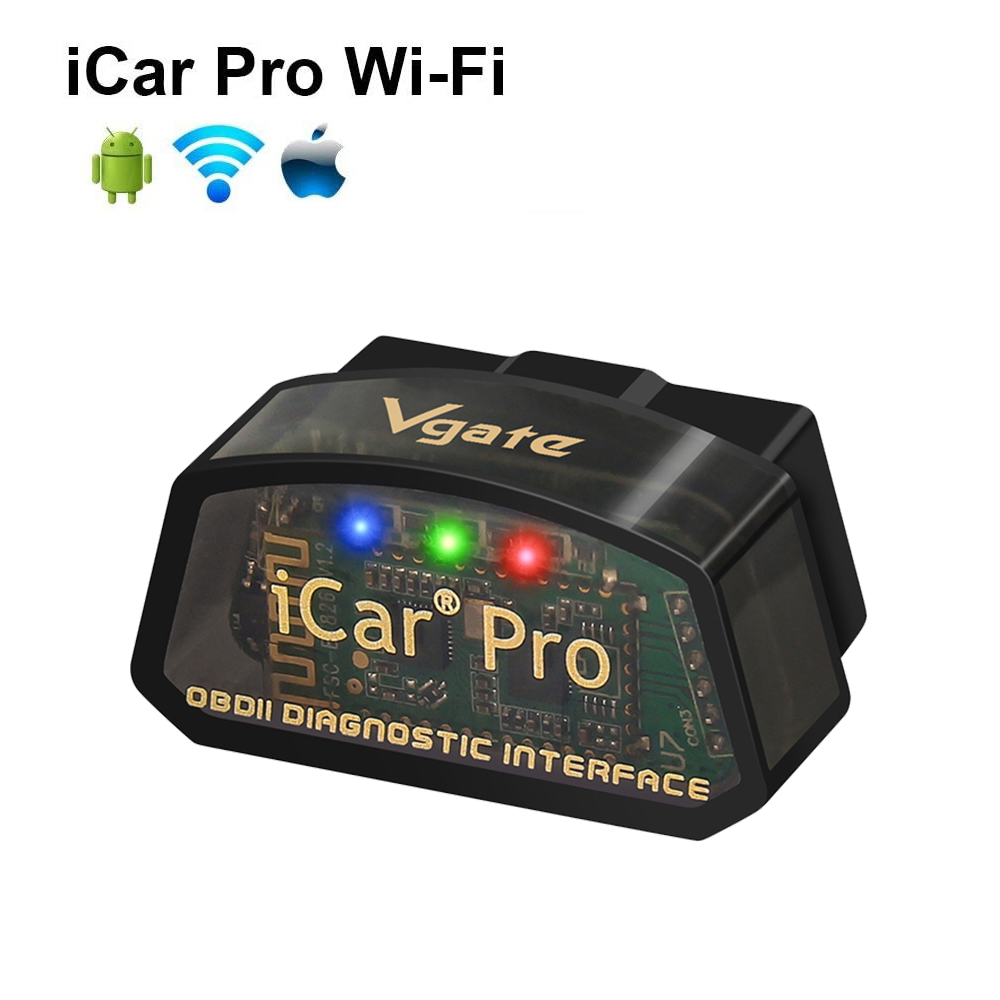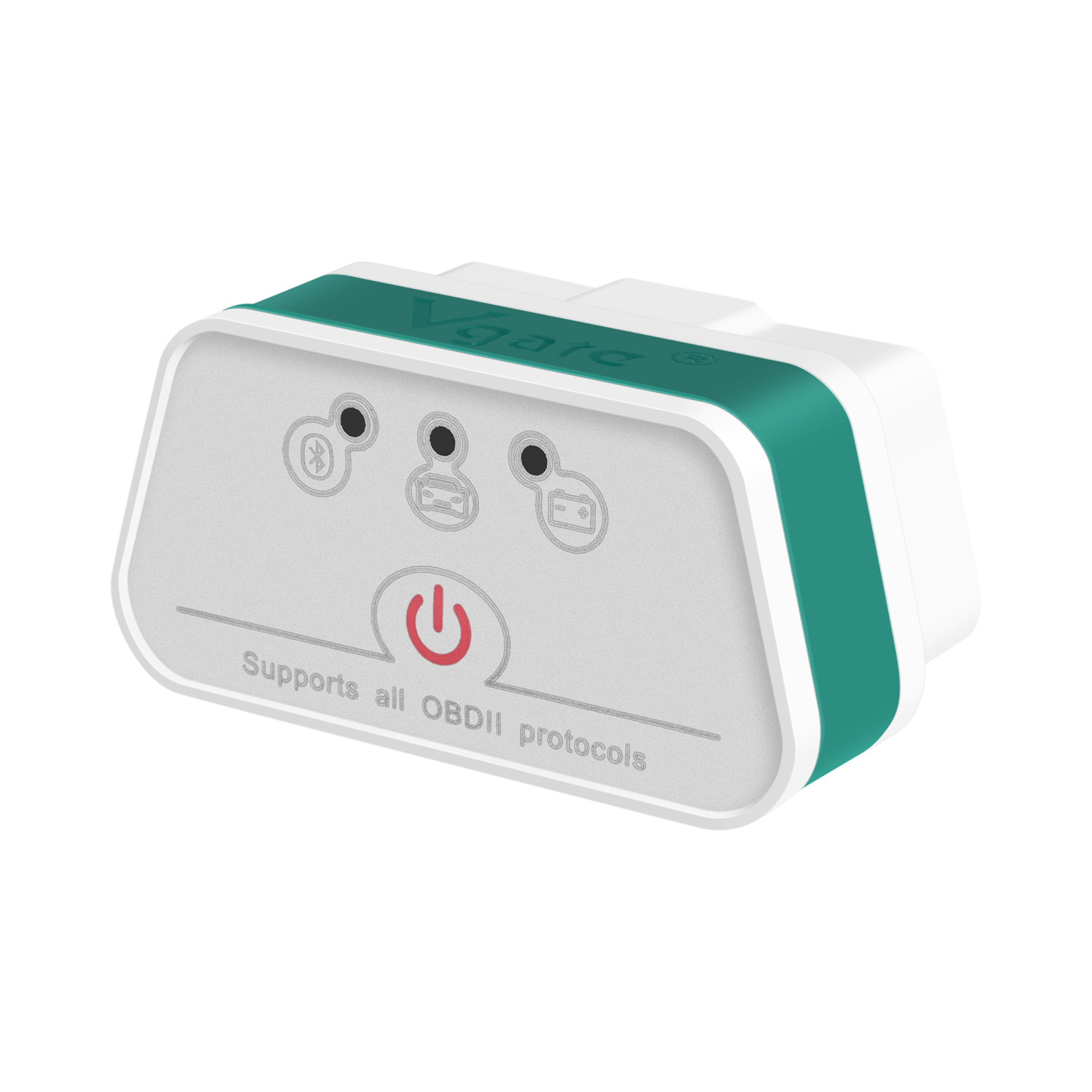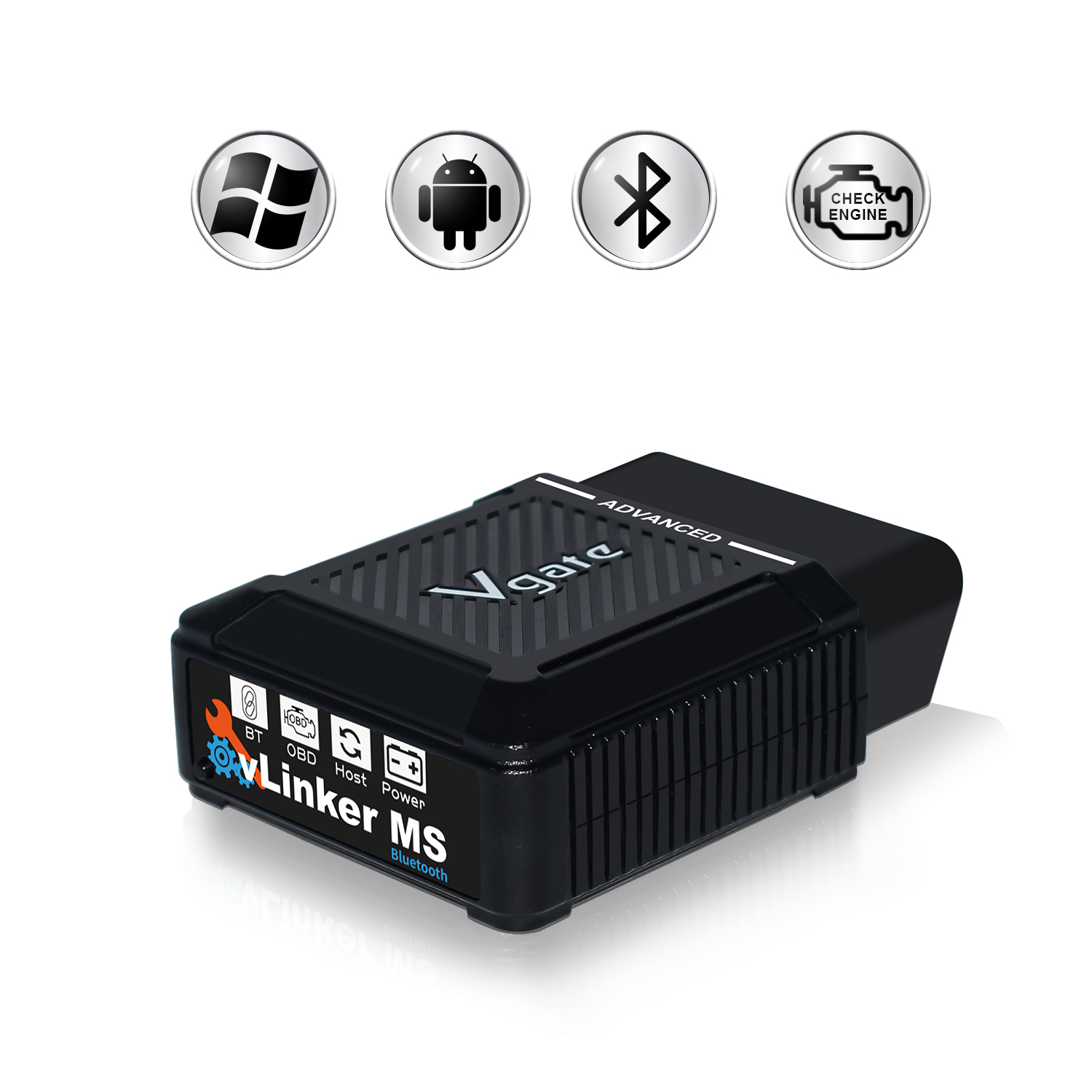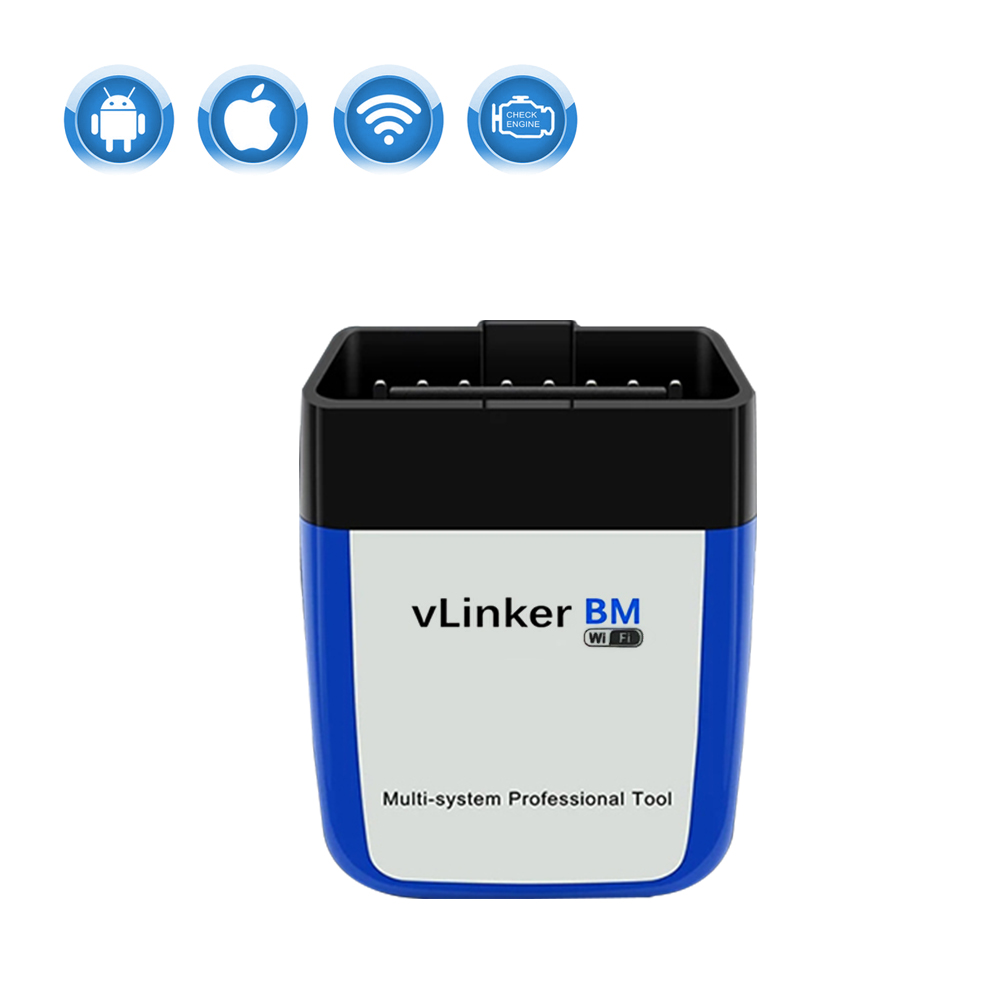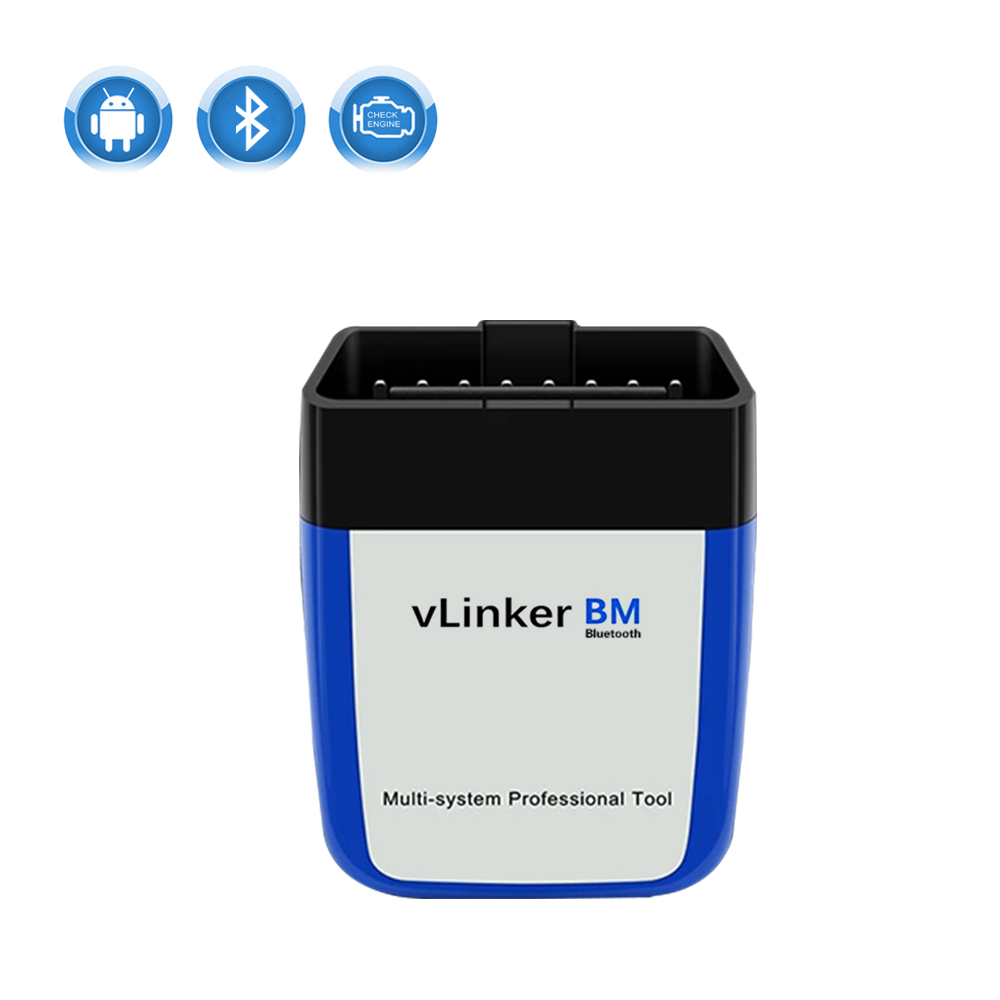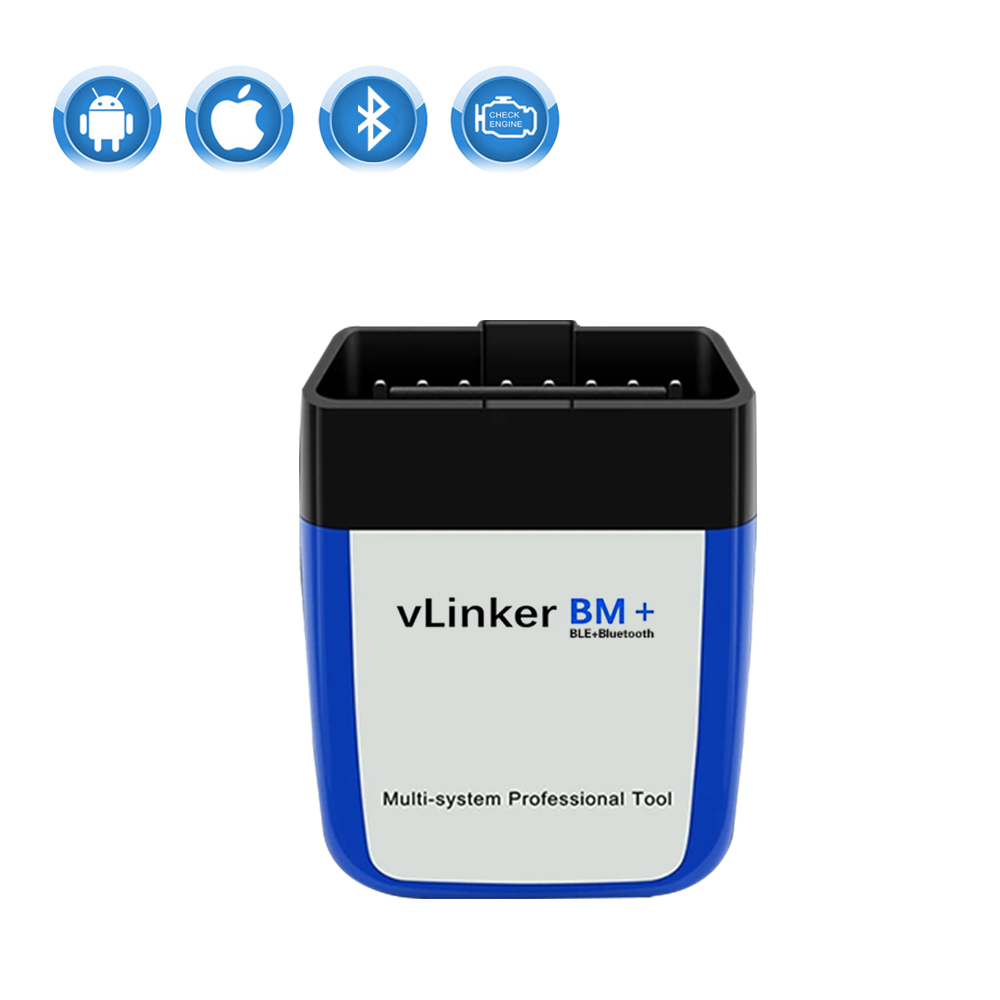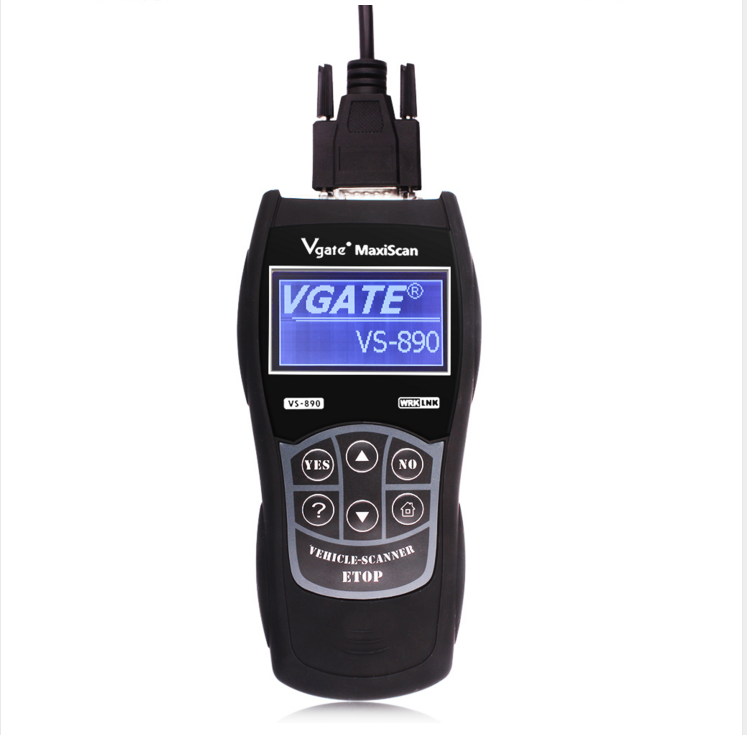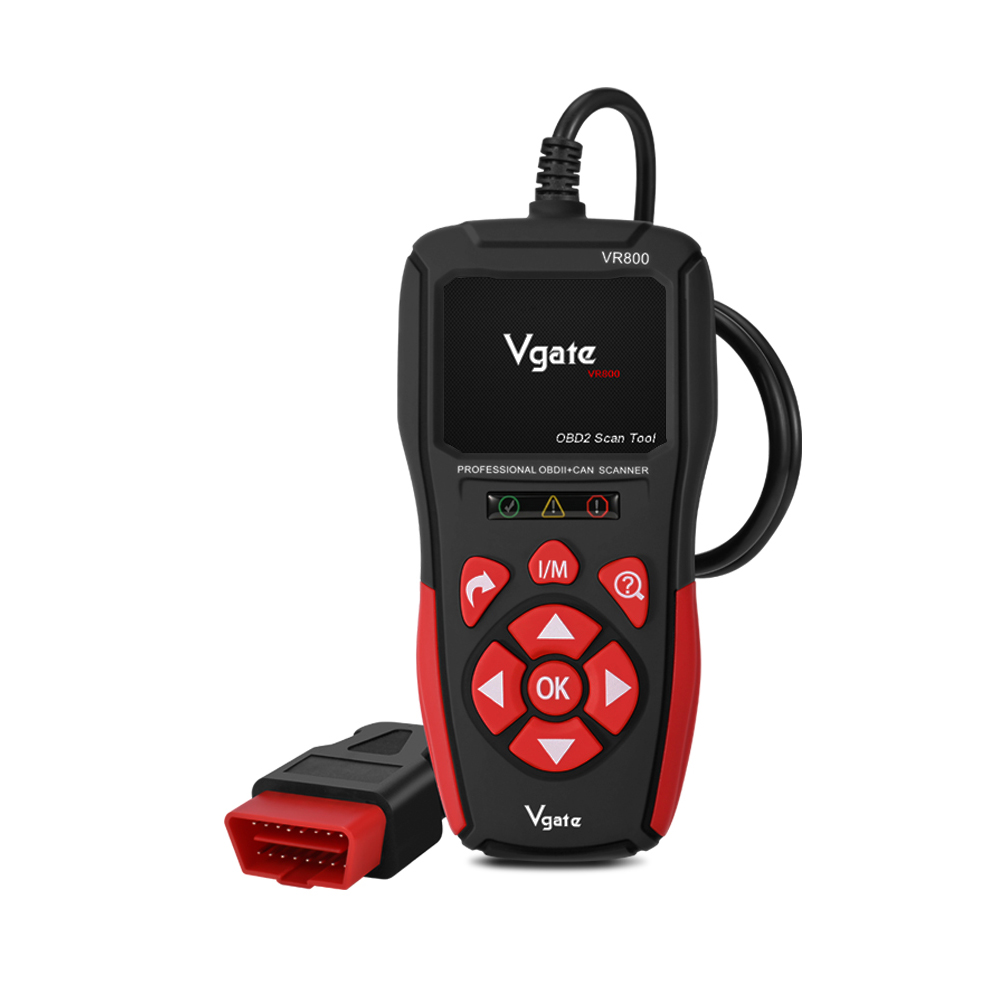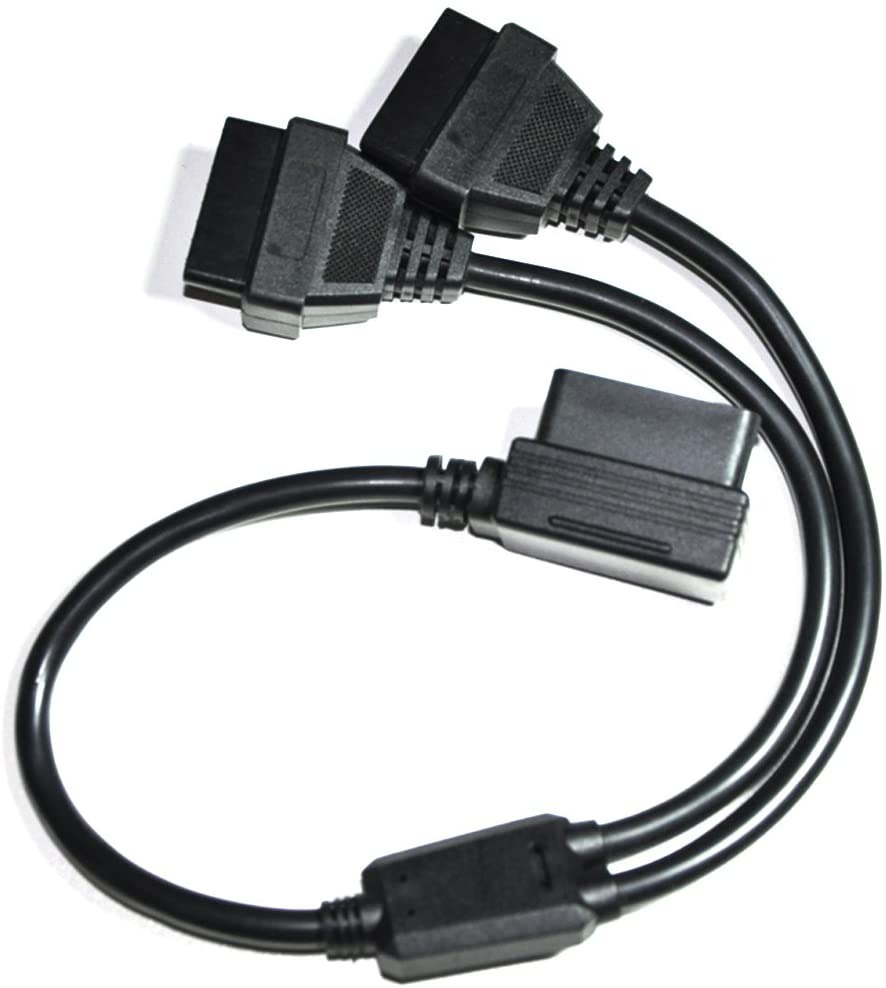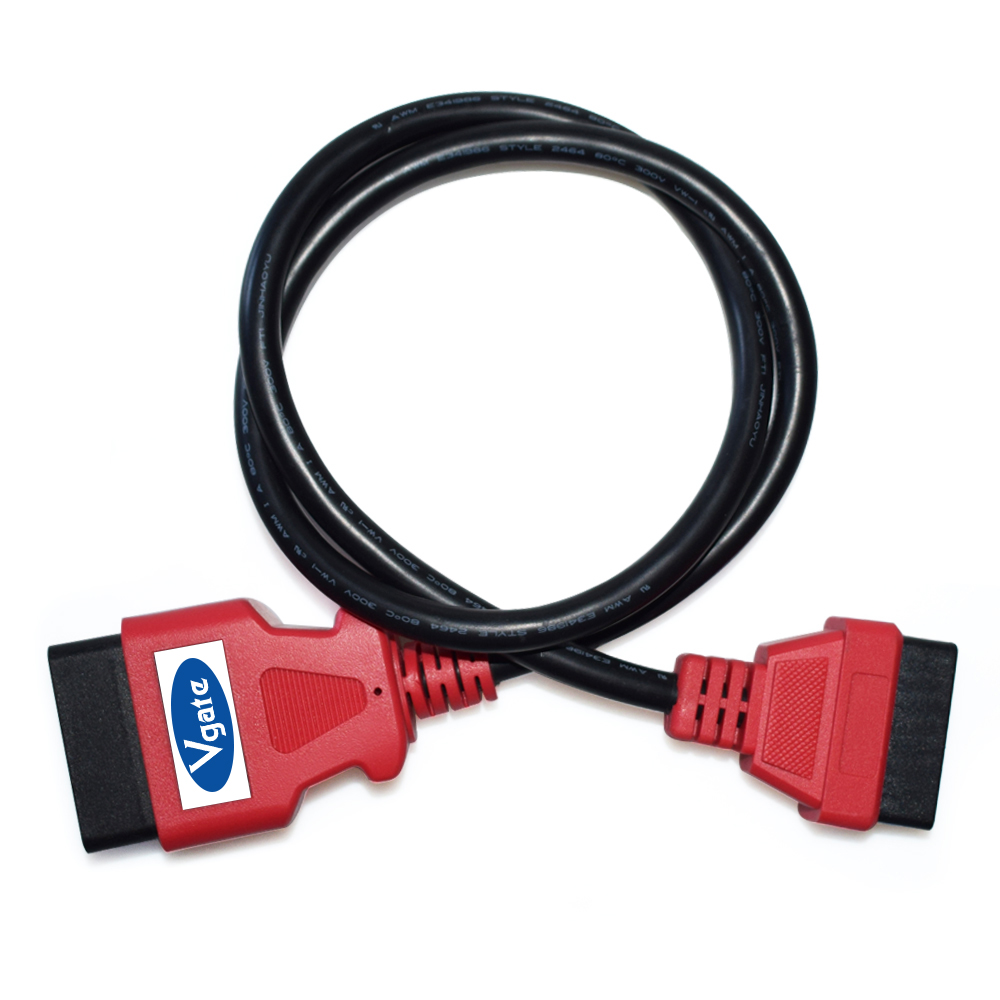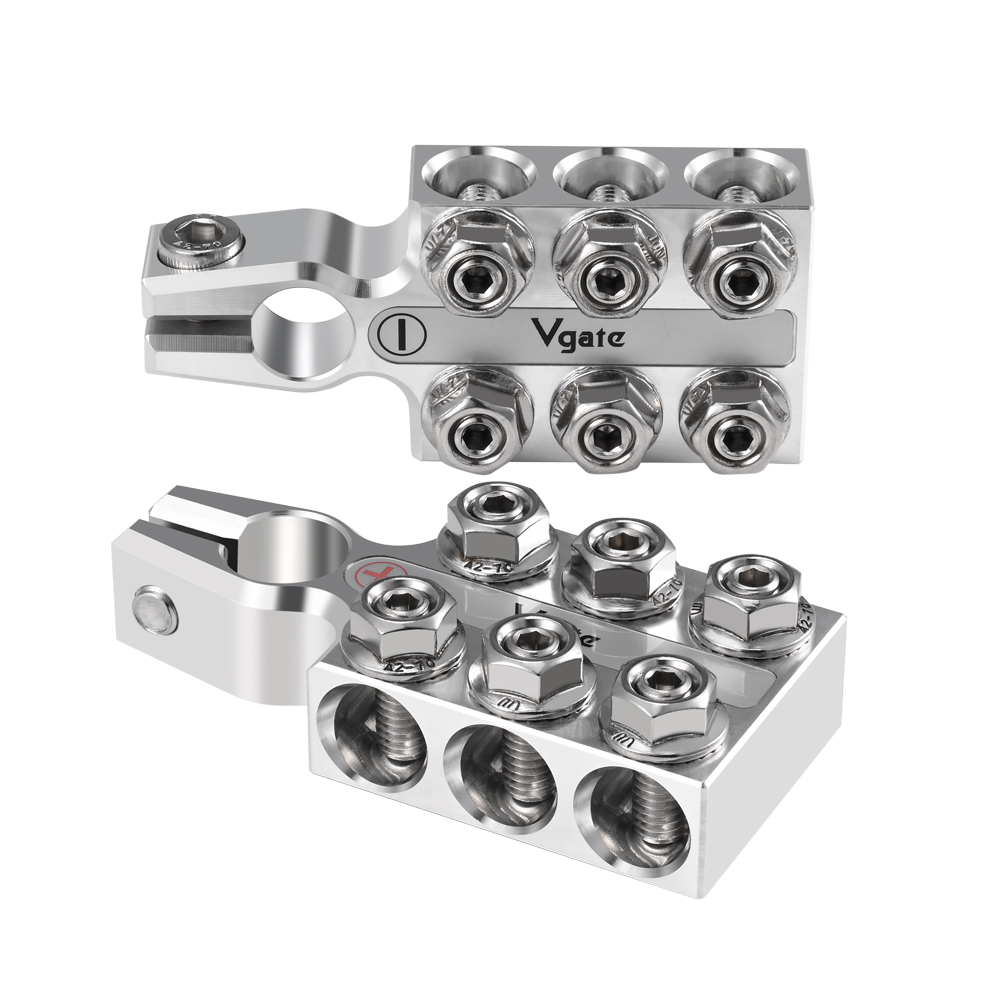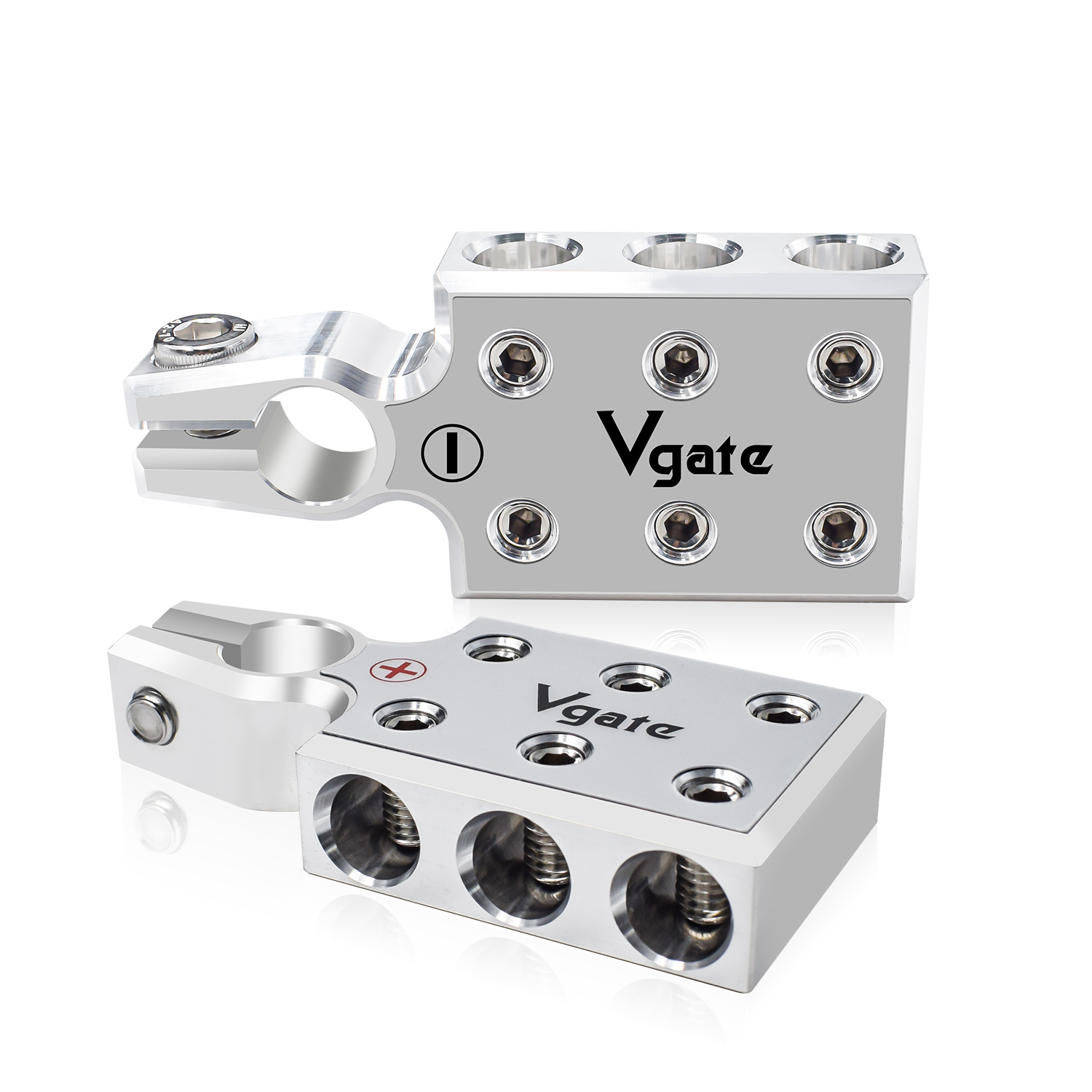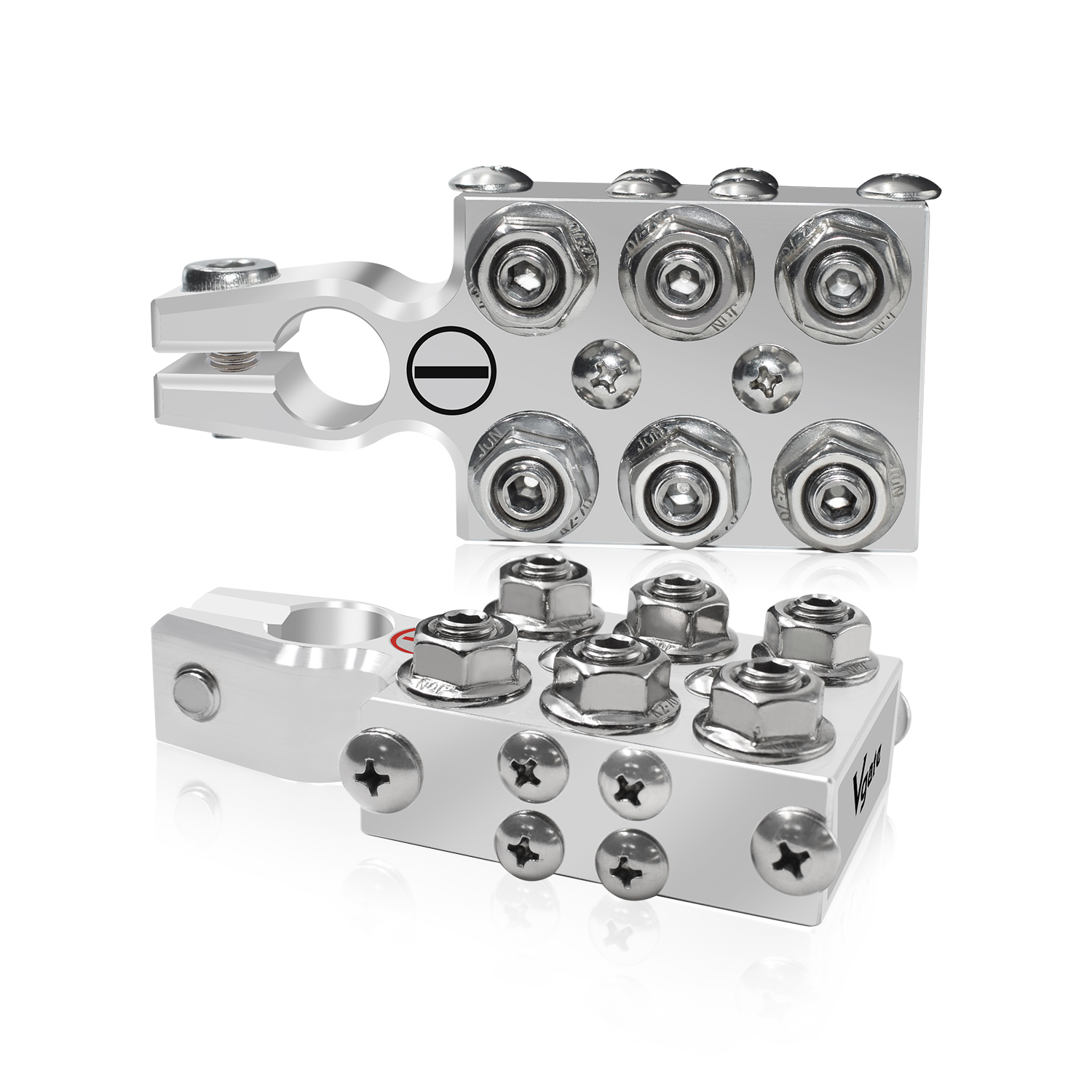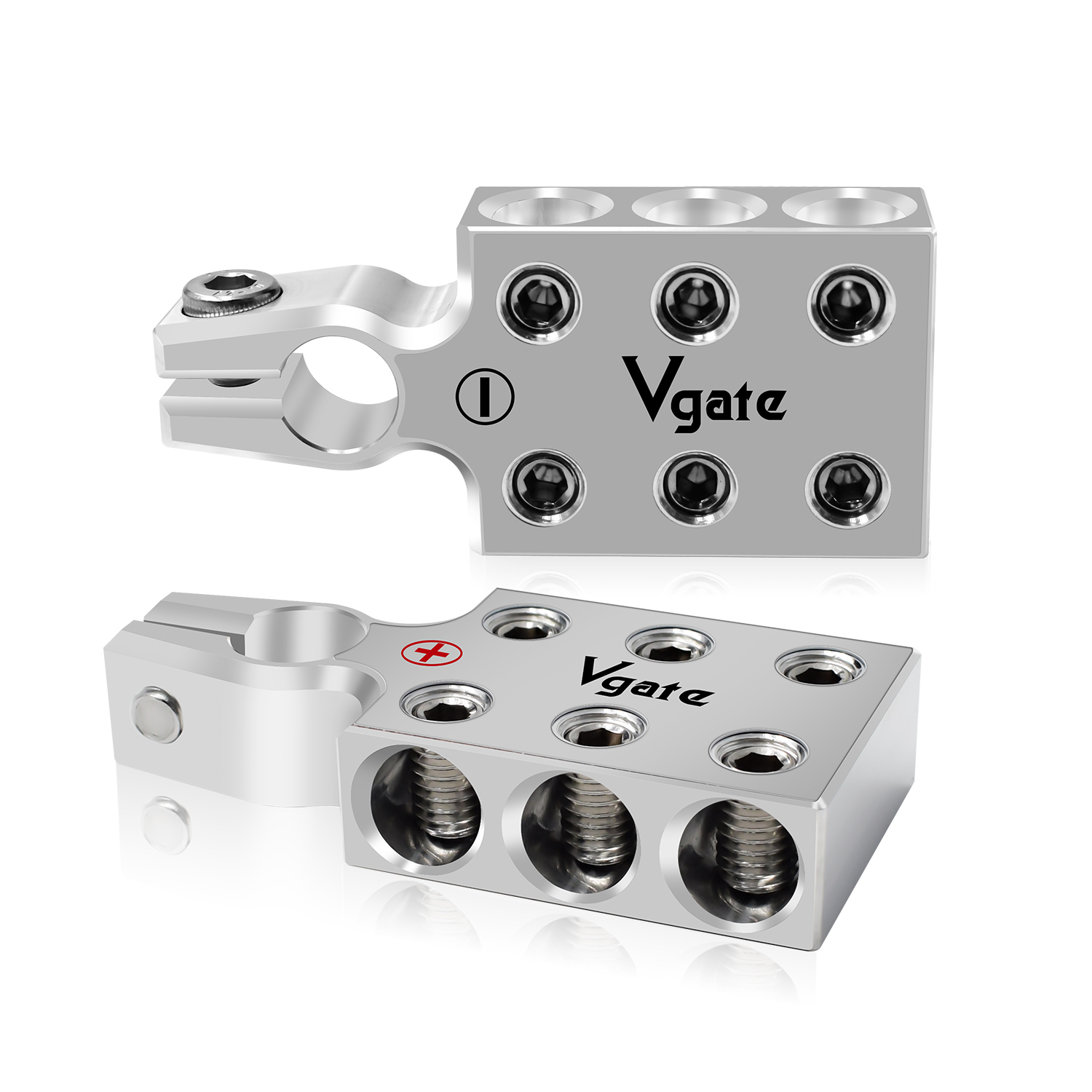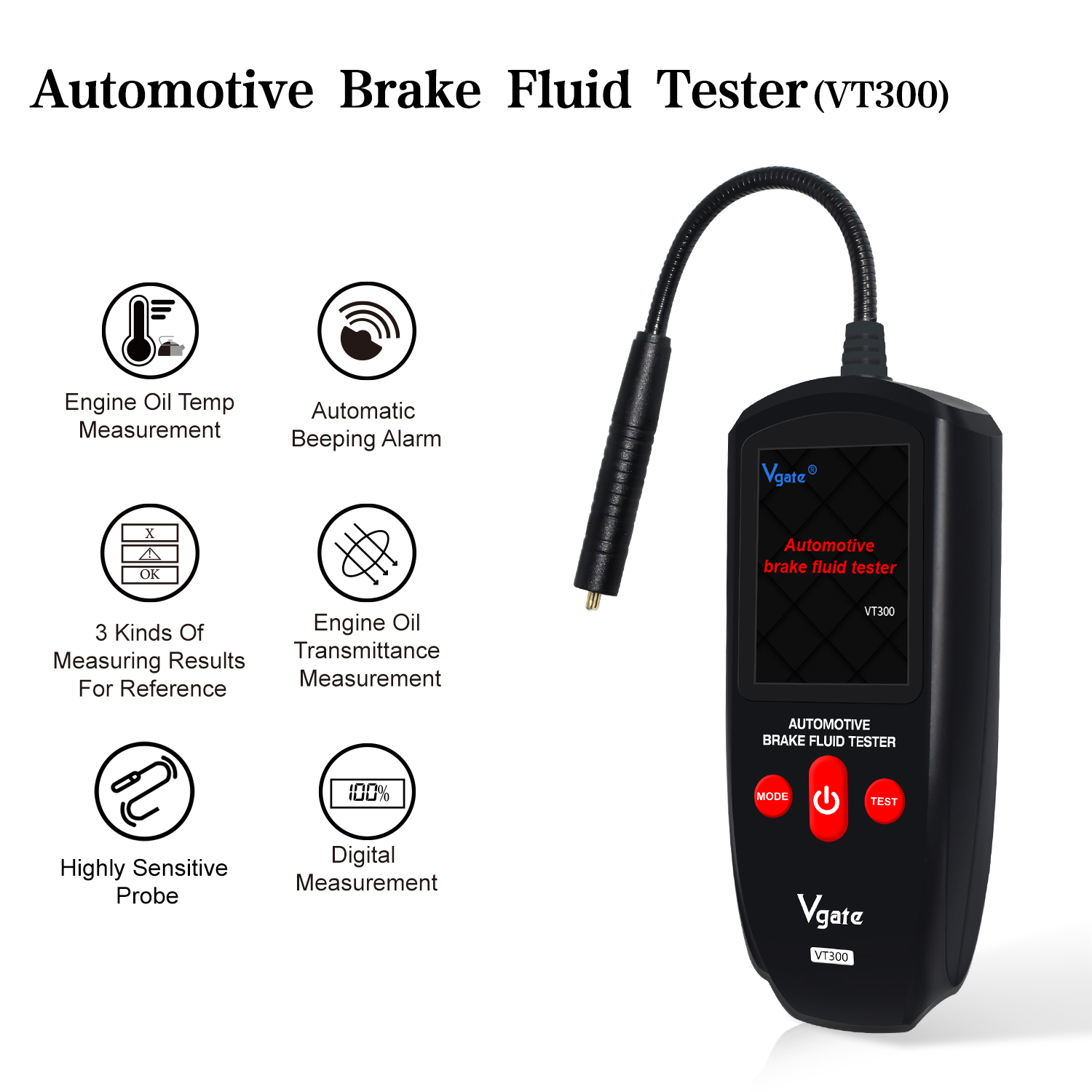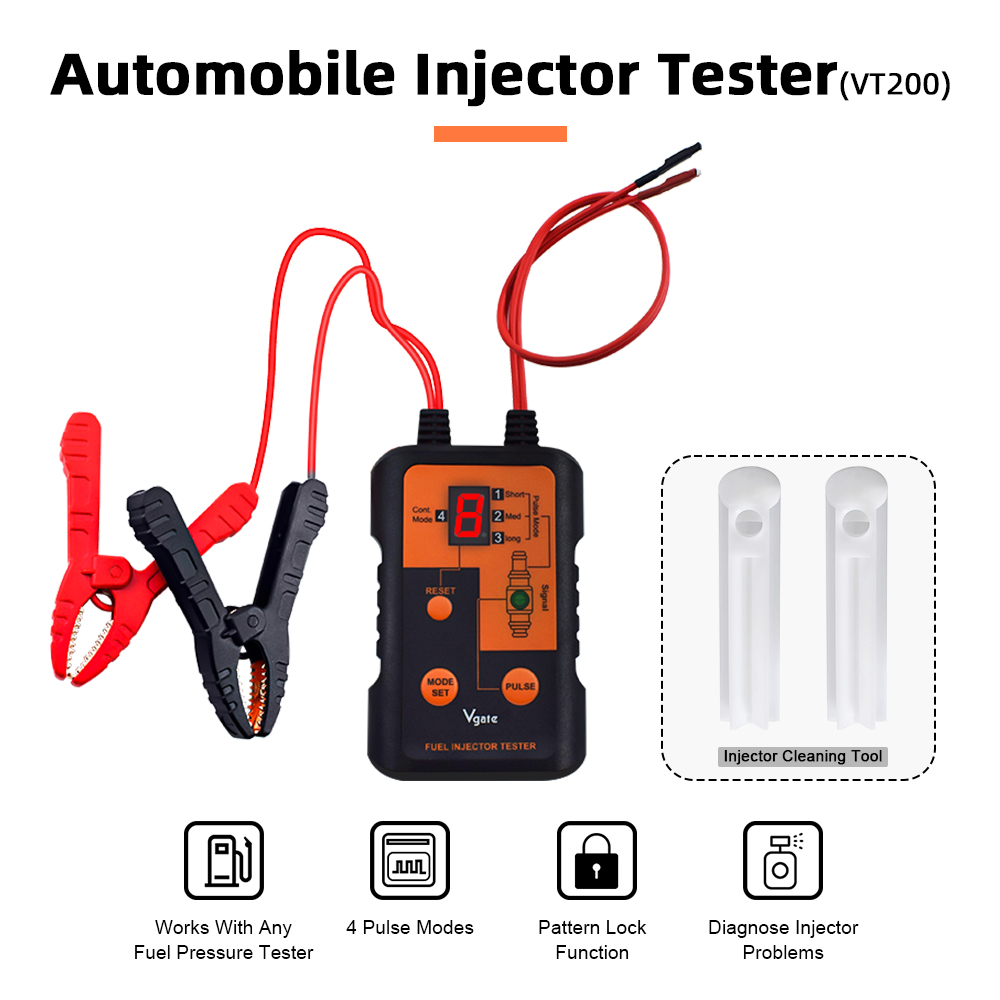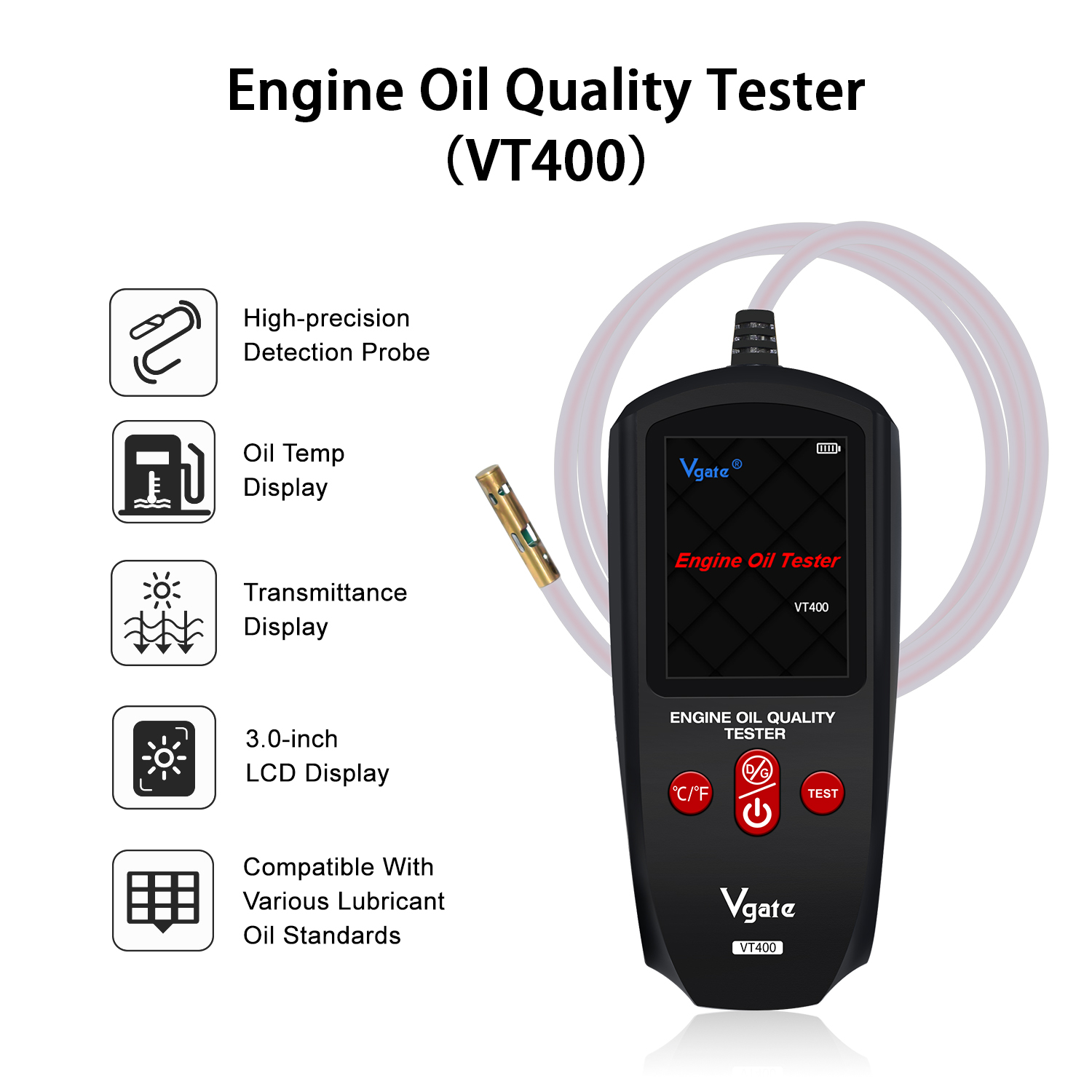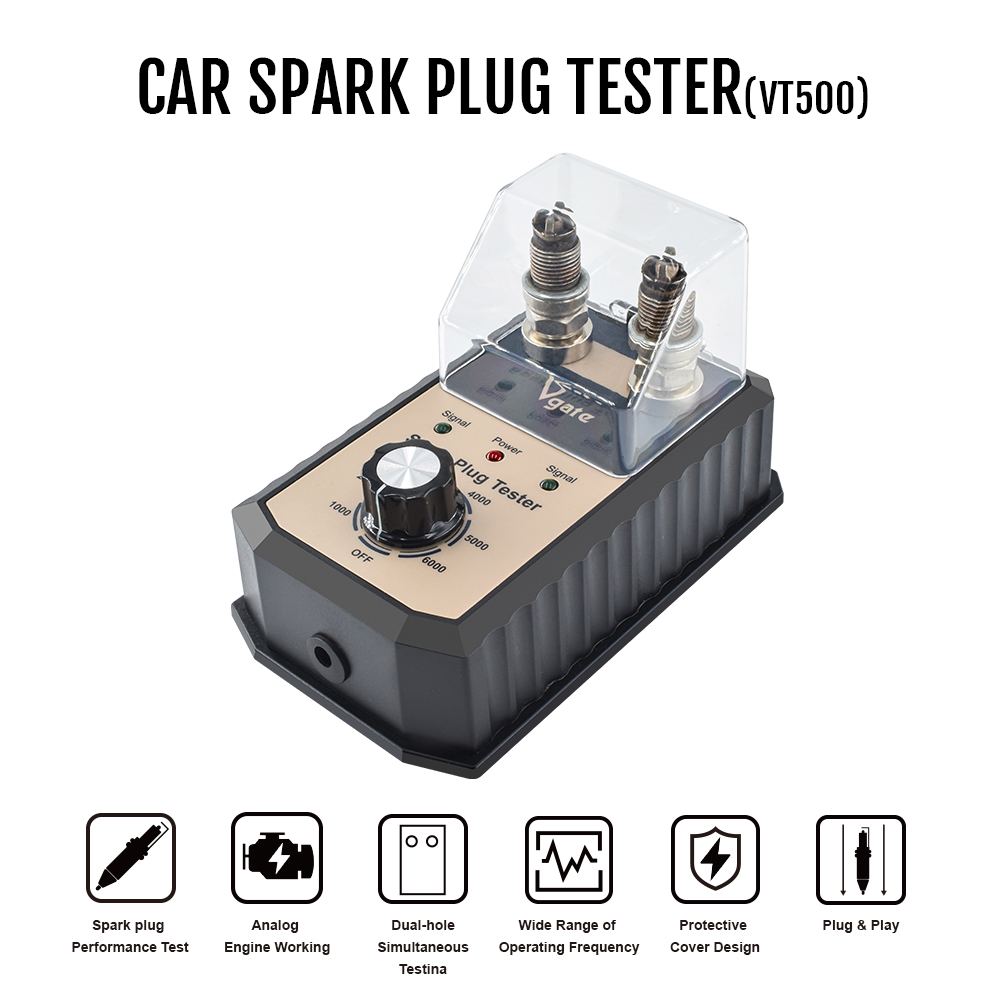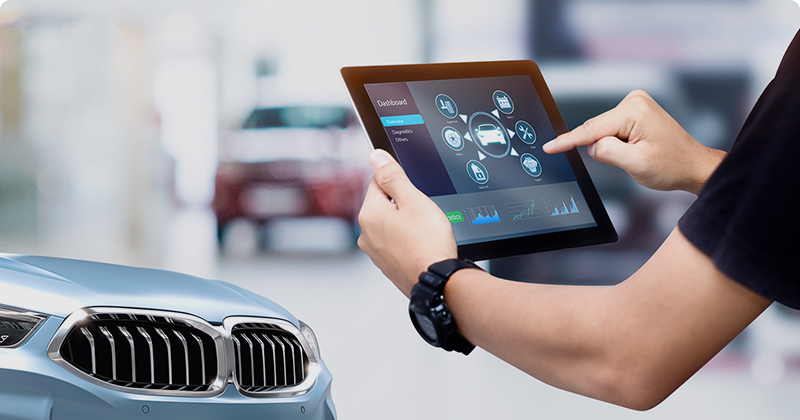Our products are applicable to 12V petrol vehicles compatible with standard OBD2 protocols after 1996, 12V small diesel vehicles with a load of 6.5T or less supporting the OBD2 protocols after 1996. Do not use on a 24V power diesel car.
If your vehicle model meets the above conditions, our products can be used.
ISO 15765-4 (CAN), ISO 9141, ISO 14230, J1850 PWM, J1850 VPW
After the implementation of OBD Ⅱ plan, any technician can use the same diagnostic instrument to diagnose any car produced according to the standard. One of the mature functions of OBD Ⅱ is to record the data of all sensors and drives when the system lights up the fault light, which can meet the needs of diagnosis and maintenance to the greatest extent. In the face of increasingly stringent vehicle emission regulations in various countries, the goal of OBD II to monitor the efficiency of the emission control system is: as the efficiency of vehicle operation decreases, according to the federal test procedure, when the vehicle emission level has reached 1.5 times the emission standard for new vehicles , Illuminate the fault light and store the fault code. In addition, OBD II also requires some additional sensor hardware, such as an additional heated oxygen sensor, installed downstream of the catalytic converter exhaust. A more precise crankshaft or camshaft position sensor is used to more accurately detect whether there is a misfire. All models are equipped with a new 16-pin diagnostic interface. In this way, the computer's ability is greatly improved, not only can track the damage of components, but also meet the strict restrictions on vehicle emissions.
Repair in time after the OBD system fails. The once-a-year vehicle inspection has limited effect on controlling vehicle emissions. But after the car is installed OBD, it is completely different, it can monitor the car's emission level at any time.
If the emission is not up to standard, OBD will issue a warning and notify the driver to repair it in time. The most important thing for Euro III is to use OBD.
The OBD system will monitor whether the car's exhaust exceeds the limit from the engine's operating status at any time, and will immediately issue a warning if it exceeds the limit. When the system fails, the fault (MIL) light or the Check Engine (Check Engine) warning light is on, and the powertrain control module (PCM) stores the fault information in the memory, and the fault code can be read from the PCM through a certain program . According to the prompt of the fault code, the maintenance personnel can quickly and accurately determine the nature and location of the fault.
OBD monitors the engine, catalytic converter, particulate trap, oxygen sensor, emission control system, fuel system, EGR and other systems and components in real time. Then connect to the ECU [electronic control unit, which can detect and analyze the function of emission-related failures] through different emission-related component information. When an emission failure occurs, the ECU records the failure information and related codes, and sends it through the failure light Warning, inform the driver. ECU guarantees the access and processing of fault information through standard data interface.
The full name of OBD:
On Board Diagnostics, is a detection system extended for automobile fault diagnosis. "OBD Ⅱ" is "on Board Diagnostics Ⅱ", the abbreviation of Type Ⅱ on-board diagnostic system.
In order to standardize the diagnosis of vehicle emissions and drive-related faults, starting from 1996, all new vehicles sold in the United States must have similar diagnostic equipment, fault codes and maintenance procedures, that is, comply with OBD II procedures.
With the increasing degree of economic globalization and automobile internationalization, the OBD Ⅱ system will be more and more widely implemented and applied as the basis for driving and emission diagnosis.
The OBD Ⅱ program makes automobile fault diagnosis simple and uniform, and maintenance personnel do not need to learn new systems from each manufacturer.
Automobile diagnostic instruments can only diagnose non mechanical faults.
Sensors, communications and control actuators can basically check that they have electricity.
Therefore, they can detect and calculate some non electronic fault points.
For example, the three-way catalytic converter is damaged. It is possible to analyze the data received by the sensor, but it may still need to be done It can be determined only after the technician's further confirmation. The detection range also depends on the actual demand. For some very simple faults, there is no need to make special detection lines, which will increase the cost and maintenance difficulty. It is mainly considered in reasonable terms. Not every vehicle is the same. The fault diagnosis instrument only extracts the data and fault code provided by the original car computer, and does not have the fault of detecting the engine The barrier function is only to extract data and do some matching, touching and recording of some original computer settings.
vLinker series support auto wake up after hibernation for gasoline car, icar pro can support gasoline car, icar 123 does not support auto wake up
After the firmware version of vLinker series is updated to 2.2.82, it can support auto wake up for electric vehicles, icar pro does not support it.
Wake-up mode:
1. Wake up by button (MC series)
2. Wake up by cell phone connection (MC+,MC)
3. Wake up by vehicle start (vLinker series)
4. Wake up when there is data stream (vLinker series)
This software respects and protects the personal privacy of all users who use the service. In order to provide you with more accurate and personalized services, this software will use and disclose your personal information in accordance with the provisions of this Privacy Policy. However, this software will treat this information with a high degree of diligence and prudence. Except as otherwise provided in this Privacy Policy, this software will not provide this information to others or to third parties without your consent. This software will update this privacy policy from time to time. When you agree to the software service use agreement, you have agreed to the entire content of this privacy policy. This privacy policy is an integral part of this software service use agreement.
1. Scope of application
When you use the network services of the software, the software will only receive the information submitted by you, and will not record the information on your mobile phone, including but not limited to your location information, photo album and camera access, Bluetooth access, WIFI access, language used, access date and time, software and hardware feature information, and web page records you need.
2. Use of information
After obtaining the data submitted by you, the software will upload it to the server so that you can use the service better;
3. Information disclosure
1). This software will not disclose your information to untrusted third parties.
2). According to the relevant provisions of the law, or the requirements of the administrative or judicial institutions, disclose to third parties or administrative or judicial institutions;
3). If you violate the relevant laws, regulations or relevant rules of China, you need to disclose it to a third party;
4. Information storage and exchange
The data you submit collected by this software is stored on the server of the affiliated company of this software;
5. Information security
This software provides the information query function of your device. Please properly protect your personal information and provide it to others only when necessary. If you find that your personal information is leaked, please contact the software customer service support@vgate.com.cn immediately so that the software can take corresponding measures.


